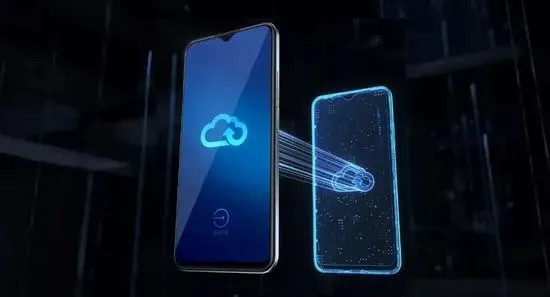Global IT supply chain
International transportation + IT O&M outsourcing + self-owned backbone network
A cloud phone is a virtual mobile device based on cloud computing technology. Its operation principle involves simulating a mobile operating system on a cloud server, allowing users to access and use phone functions from any device via a network connection. Unlike traditional physical phones, cloud phones do not require hardware devices. Instead, they operate on cloud servers and transmit the user interface to the user’s computer, tablet, or mobile device via the internet.

There are several significant differences between cloud phones and traditional phones:
1. Hardware Dependence:
Traditional Phones: Physical devices with their own hardware, operating systems, and applications. Users interact with them through the phone’s screen, buttons, and touchscreen.
Cloud Phones: Virtualized devices that do not rely on physical hardware. They operate on cloud servers and users access and control the cloud phone’s interface from local devices via a network connection.
2. System Resources and Performance:
Traditional Phones: Limited performance and resources (such as processor, memory, storage) due to hardware constraints.
Cloud Phones: Run on cloud servers, allowing for dynamic allocation of more resources and computing power, resulting in higher performance and greater flexibility.
3. Access and Usage:
Traditional Phones: Users directly operate physical phones using the device’s screen, keyboard, and touchscreen.
Cloud Phones: Users access the cloud phone’s interface through local devices (such as computers, tablets) and use the input devices of the local device for operation.
4. Data Storage and Syncing:
Traditional Phones: User data and applications are stored locally on the phone, requiring backup and data syncing.
Cloud Phones: Data is stored on cloud servers, enabling easy synchronization and access across different devices.
5. Mobility:
Traditional Phones: Portable devices that users can carry with them and use anytime.
Cloud Phones: Require a network connection for access, limiting mobility to some extent.
6. Cost:
Traditional Phones: Users need to purchase physical hardware and may incur monthly fees and contract charges.
Cloud Phones: Typically operate on a subscription-based model, where users pay for the service without needing to buy a physical phone.
In summary, there are significant differences between cloud phones and traditional phones in hardware, resource management, access methods, and data storage. Cloud phones leverage cloud computing technology to provide greater flexibility and cross-device capabilities but may be influenced by factors such as network connectivity and application compatibility. The choice between the two types of phones depends on the user’s needs and preferences. If you have any inquiries about cloud phones, feel free to consult Ogcloud, where we can address any questions you may have.

International transportation + IT O&M outsourcing + self-owned backbone network

Cellular chips + overseas GPS + global acceleration network

Overseas server room nodes + dedicated lines + global acceleration network

Global acceleration network + self-developed patented technology + easy linking

Global Acceleration Network + Global Multi-Node + Cloud Network Integration


